How big really is now just over a year old, released just before I started work at BERG, and I still find myself totally engaged with the simplicity of the concept. It’s a solid, easy to digest punch of information that translates unknown quantities into something instantly recognisable. How many really is the second part of the experiment, and I was tasked with working on the design. This is a little write up of the design process.
We started off by following a workshop Webb & Jones had run with the BBC to kick off the initial concept of examining quantity. Myself, James Darling & Matt Brown spent a week whiteboarding, sketching and iterating, to try and nail down some initial ideas.
The first thought was the variables with which we could use to convey changes in quantity. Time, movement, zoom & scale were all identified as being potentially useful.
We started to construct sentences that could tell a story, and break down into portions to allow new stories to slot in.
Looking at splitting grids into sections to show different variables.
We thought a bit about avatars, and how to use them in visual representations of data, in this case combining them with friends’ names and stories.
Looking at combining avatars with ‘bodies’. Bird suits, vehicles, polaroids.
An early narrative concept, setting up the story early on and sending you through a process of experience. We thought about pushing bits of stories to devices in real time.
After a bit more crunching and sketching, we broke everything down into two routes:
- Scale – influenced by Powers of 10, used to compare your networks to increasing sizes of numbers,
- Grouping / snapping – used to take your contacts and run them through a set of statistics, applying them personally to historical events and comparing them against similar events in different times.
What became clear after the sketching was the need to show a breadcrumb trail of information, to give the user a real sense of their scale compared to the numbers we were looking at. Eames’ Powers of 10 video achieves this – a set of steps, with consistent visual comparisons between each step.
Perfect for showing the relevance of one thing in relation to the next, or a larger collective group. But the variation in the stories we’d be showing meant that we didn’t want bespoke graphics for each individual scenario. We tested out a quick mockup in illustrator using relatively sized, solid colour squares.
Despite the lack of rich textures and no visual indicators of your current position in the story, the impact was there. We added Facebook / Twitter avatars for signed in states, and worked on a colour palette that would sit well with BBC branding.
The next problem was dealing with non-signed in states. How many really was always designed to work with social networks, but we wanted it to be just as relevant with no Facebook or Twitter credentials – for classrooms, for example. We took a trip to the V&A to view the Isotype exhibition that was on at the time.
That’s 85 year old iconography and infographic design that looks as relevant today as it did back then. A real sense of quantity through simple pictograms. Completely fantastic. We set about designing a stack of isotype influenced icons to work with the site when users weren’t signed into their social networks.
And the icons in context…
We used a bit of Isotype inspiration for the organisation of the grouping stories – evenly spaced grids of icons or avatars.
The rest of the site was intended to stay consistent with How big really. We used photography in place of bespoke graphics for the story panels, as the graphical output varies for each user.
How many really is an entirely different beast to How big really. Rather than each dimension being a solid, one shot hit, the value is in backing up simple visuals with interesting narratives. We spent almost as much time on the written aspect of stories as we did on the aesthetics and interaction. I hope it gives a little context to numbers and figures we often take for granted. Please do have a browse around!
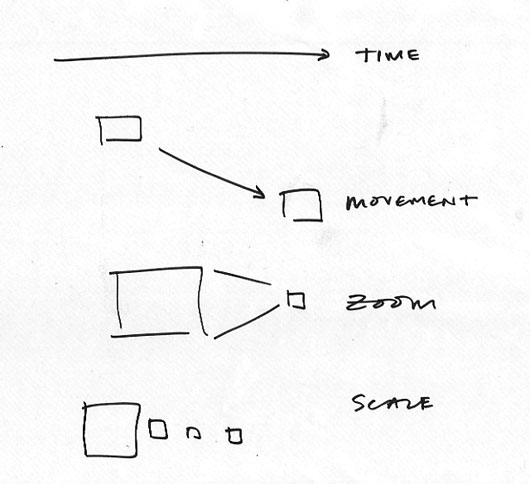
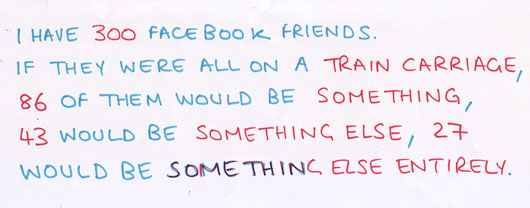

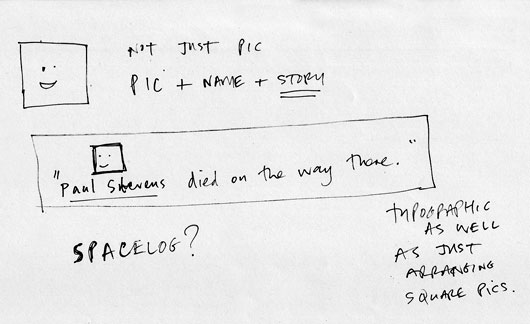
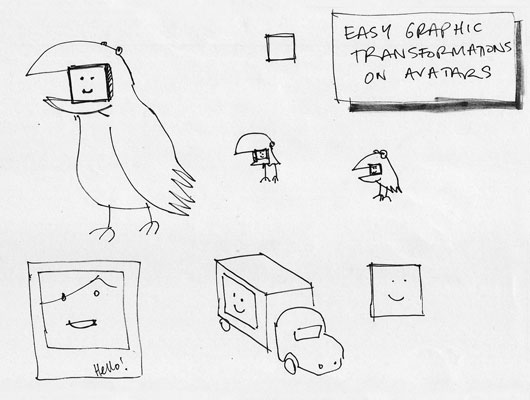
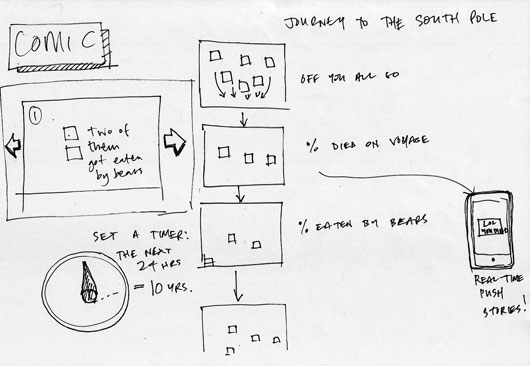
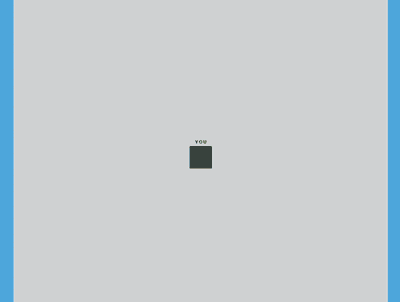
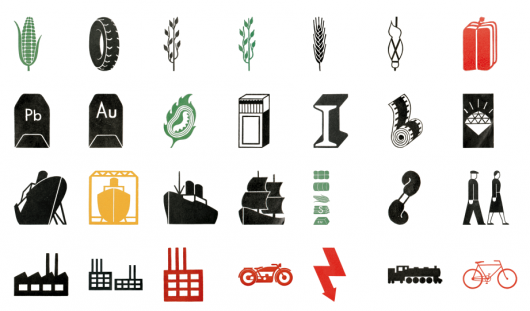
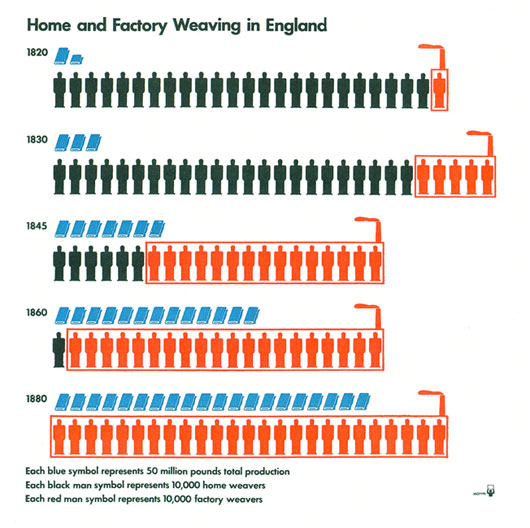
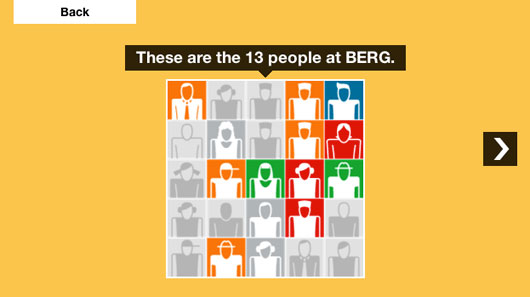
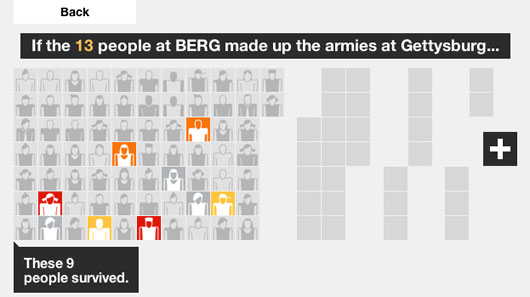
3 Comments and Trackbacks
1. Michael Shannon said on 16 October 2011...
Wonderful demonstration of conceptual and visual aspects of creative design. Thank you. I think part of an effective presentation is speaking correct English. A problem for me is the geometrically escalating misuse of “myself” by the general public. In the second paragraph of the article, Alex Jarvis says “Myself, James Darling & Matt Brown spent a week … etc., etc.” Much more pleasing in my view, is the correct form, i.e., “James Darling, Matt Brown, and I spent a week … etc., etc.” Jarvis’ usage may be technically acceptable from a grammatical perspective, but it is not, again in my view, a well-designed use of words. We could say it’s bad writing. Please, Mr. Jarvis, look up the correct use of “myself” and reserve the word for times when you’re seeking emphasis or special recognition, e.g. “I wrote this myself!”
2. Sandra said on 25 May 2012...
Thanks for sharing this post, it is always very interesting to see how a concept was born and how it had been carried out!
Trackback: Infographic Of The Day: Visualizing The Black Death’s Toll (And Other Huge Numbers) Using Your Facebook Friends List | t3knoDorKs 9 October 2011
[…] your Facebook or Twitter comment and use your possess amicable network as a starting indicate in a “breadcrumb trail” that visually compares your crony list to a series of people who perished. Unless you’re […]